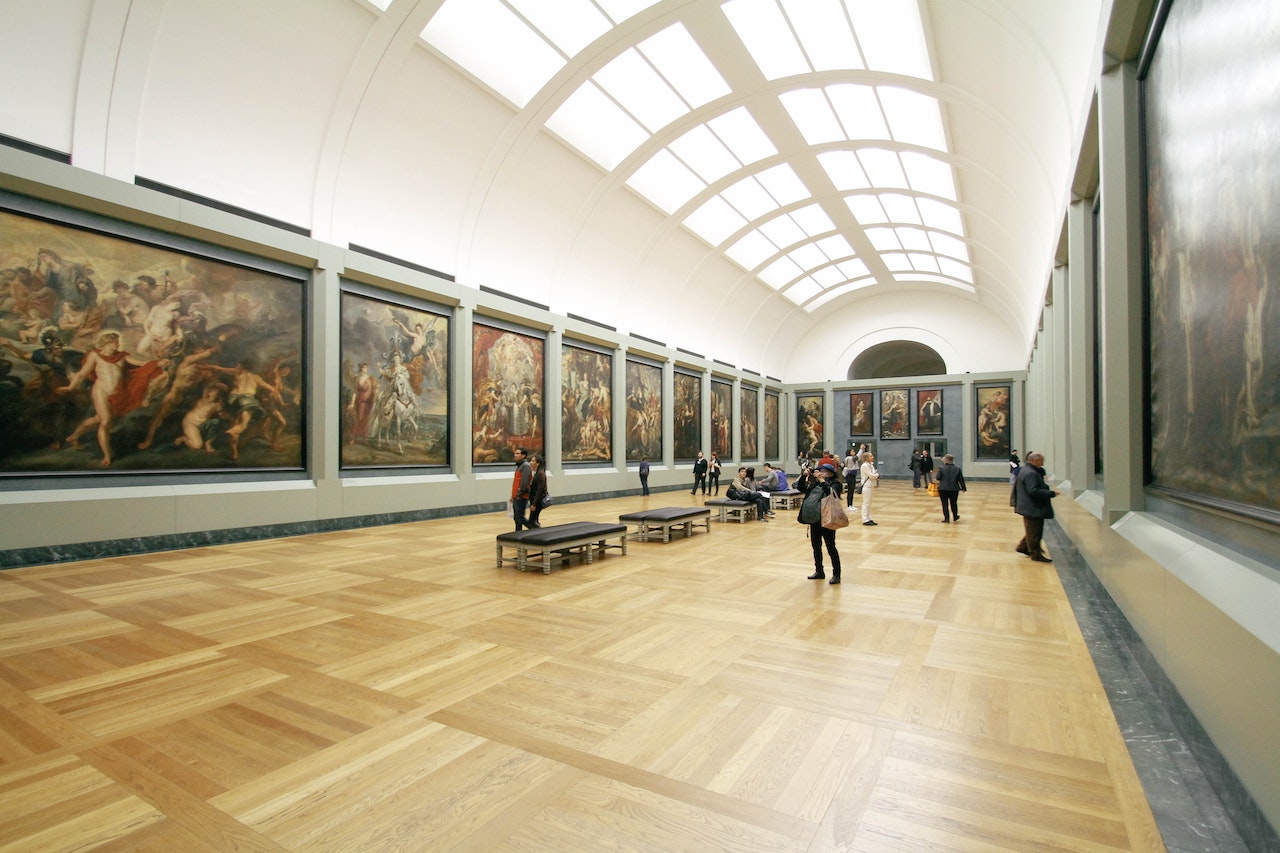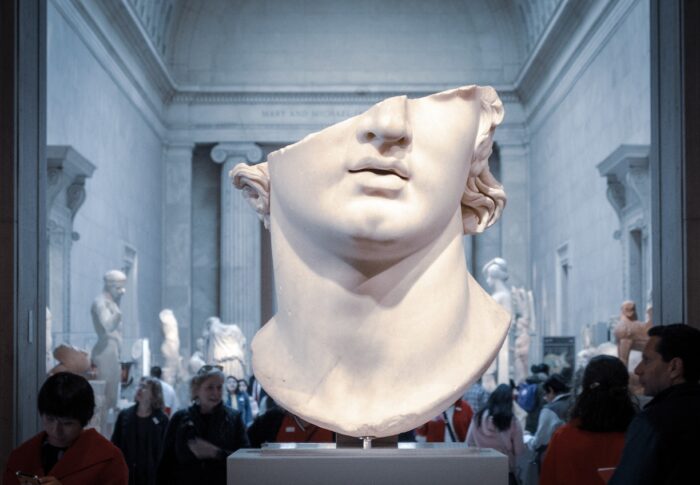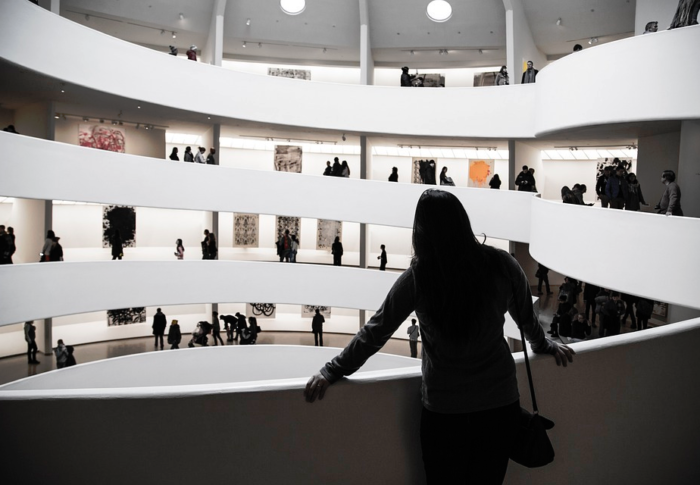
Museums of the world
Museums are institutions that collect, preserve, interpret, and display items of cultural, artistic, or historical importance. They are typically non-profit organizations that are sponsored by governments or other organizations. Museums typically have a mission to increase public understanding and appreciation of the items in their care.
The word “museum” is derived from the Latin word “museion,” which means “a place for the muses.” The ancient Greek philosopher Plato believed that the nine muses were the goddesses who inspired all human creativity. The first museums were probably rooms in private homes where collectors displayed their items of interest.
By the 19th century, many large cities in Europe and the United States had public museums. The first public museum in the United States was the Charleston Museum, which was founded in 1773.
Museums can be classified in a number of ways. One common way is by the type of item they collect. For example, there are art museums, natural history museums, and science museums. Another common way to classify museums is by their focus. For example, some museums focus on a particular culture, such as Native American museums, while others focus on a particular time period, such as the Renaissance.
Museums play an important role in society. They provide a way for people to learn about the past and to appreciate the arts and sciences. They also provide a place for people to come together and share their common interests.
Museums are important for a number of reasons. First, they preserve our cultural heritage. Museums collect and preserve items of historical, artistic, or scientific importance. These items would be lost if they were not collected and preserved.
Second, museums provide a way for us to learn about the past. Through exhibits and programs, museums help us to understand the people and events of the past.
Third, museums promote cross-cultural understanding. By displaying items from other cultures, museums help us to understand and appreciate the customs and beliefs of others.
Fourth, museums support the arts. Many museums have art galleries that display the work of local and national artists. Museums also sponsor concerts, lectures, and other events that promote the arts.
Finally, museums are important economic engines. They attract tourists and generate revenue for the local economy.
Museums play a vital role in our society. They preserve our cultural heritage, provide a way for us to learn about the past, promote cross-cultural understanding, support the arts, and are important economic engines.
Museums are places where one can go to learn about different aspects of history and culture. They can be very fascinating places to visit, and can teach us a great deal about the past.
Come in all shapes and sizes, and can be found all over the world. One of the most famous museums is the Louvre in Paris, which houses a large collection of art and artifacts from all over the world.
Museums can teach us about a wide variety of topics, including art, science, and history. For example, an art museum may have an exhibit on the works of a particular artist, while a history museum may focus on a specific time period or event.
Museums can be very educational experiences. They can help us understand the world around us, and make us more aware of different cultures and societies.
The museum should become a place of communication and meeting of people, instead of an imposing place displaying exhibits. Therefore, it is important that the museum create additional opportunities for communication. Each visitor has different tastes and needs, so it is important that the museum offers a variety of interactive activities.
A growing number of museums in the world are introducing new technologies that are radically changing the experience of visiting them. The use of new technologies has a number of advantages. First, it allows you to reach a new audience. Secondly, it makes the visit more interesting and informative. Third, this attracts additional financing.
The main goal of the museum is to acquaint the visitor with the exhibits. In order for the exhibits to be interesting and comprehensible, it is important to use new technologies. For example, one of the most popular ways to do this is the use of virtual reality. Thanks to virtual reality, the visitor can not only see the exhibits, but also feel them. In addition, virtual reality allows you to create a realistic environment in which the user can fully immerse themselves.




